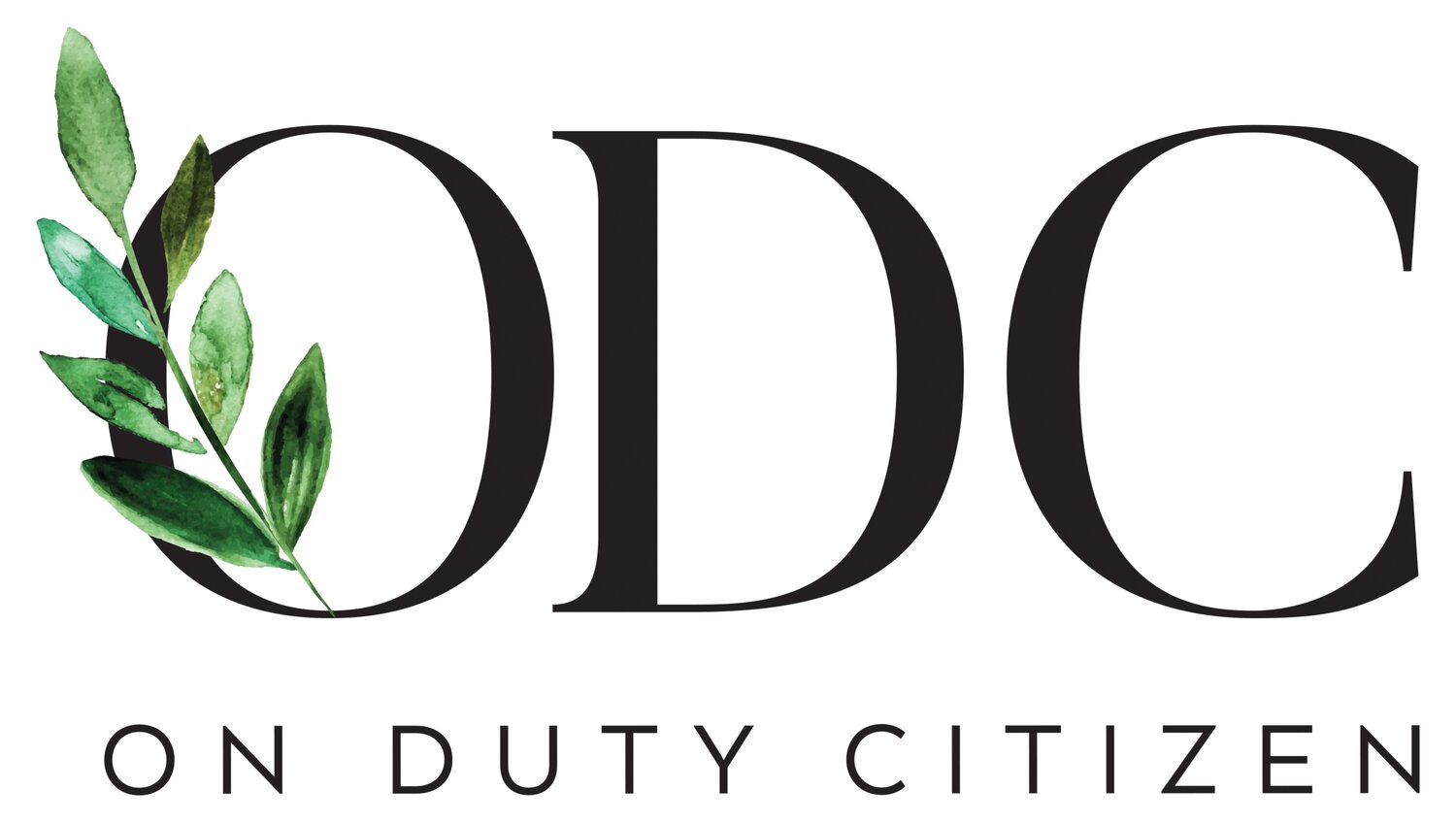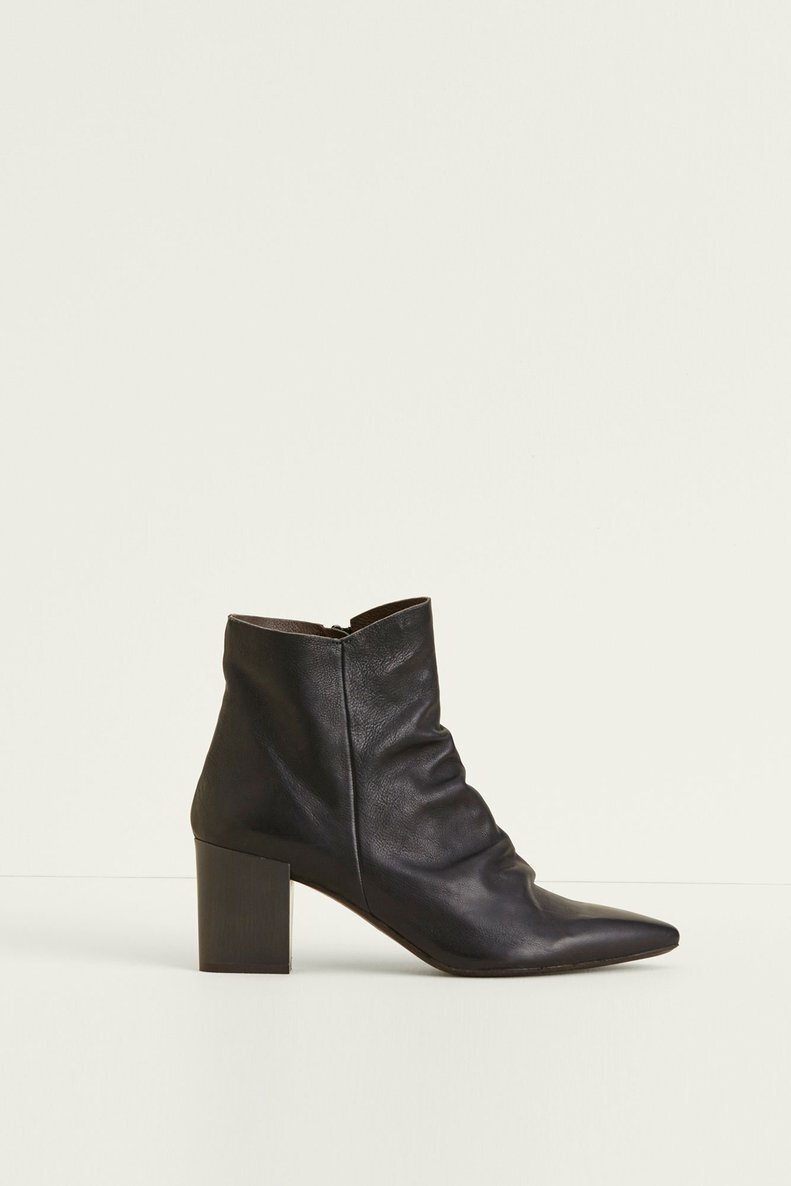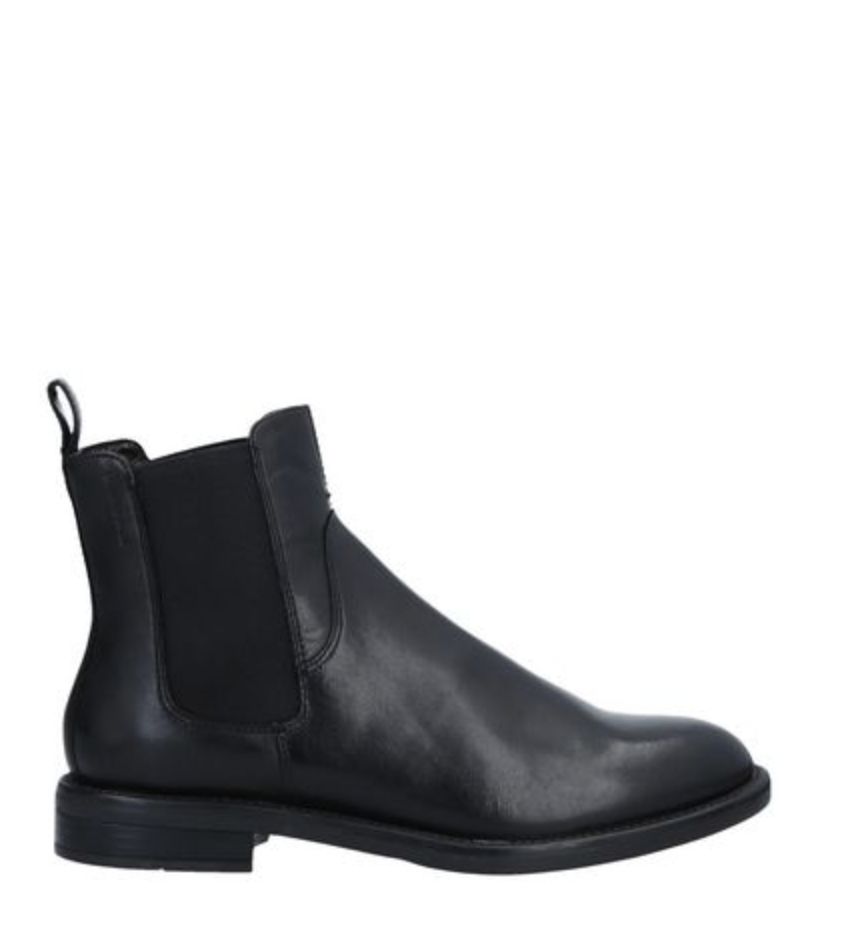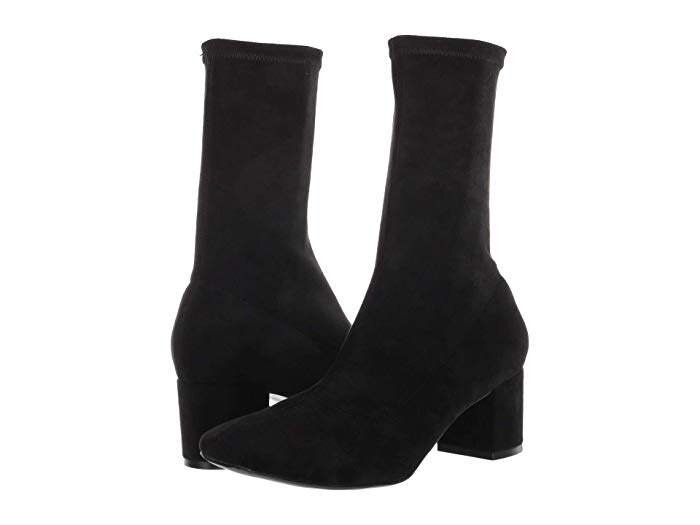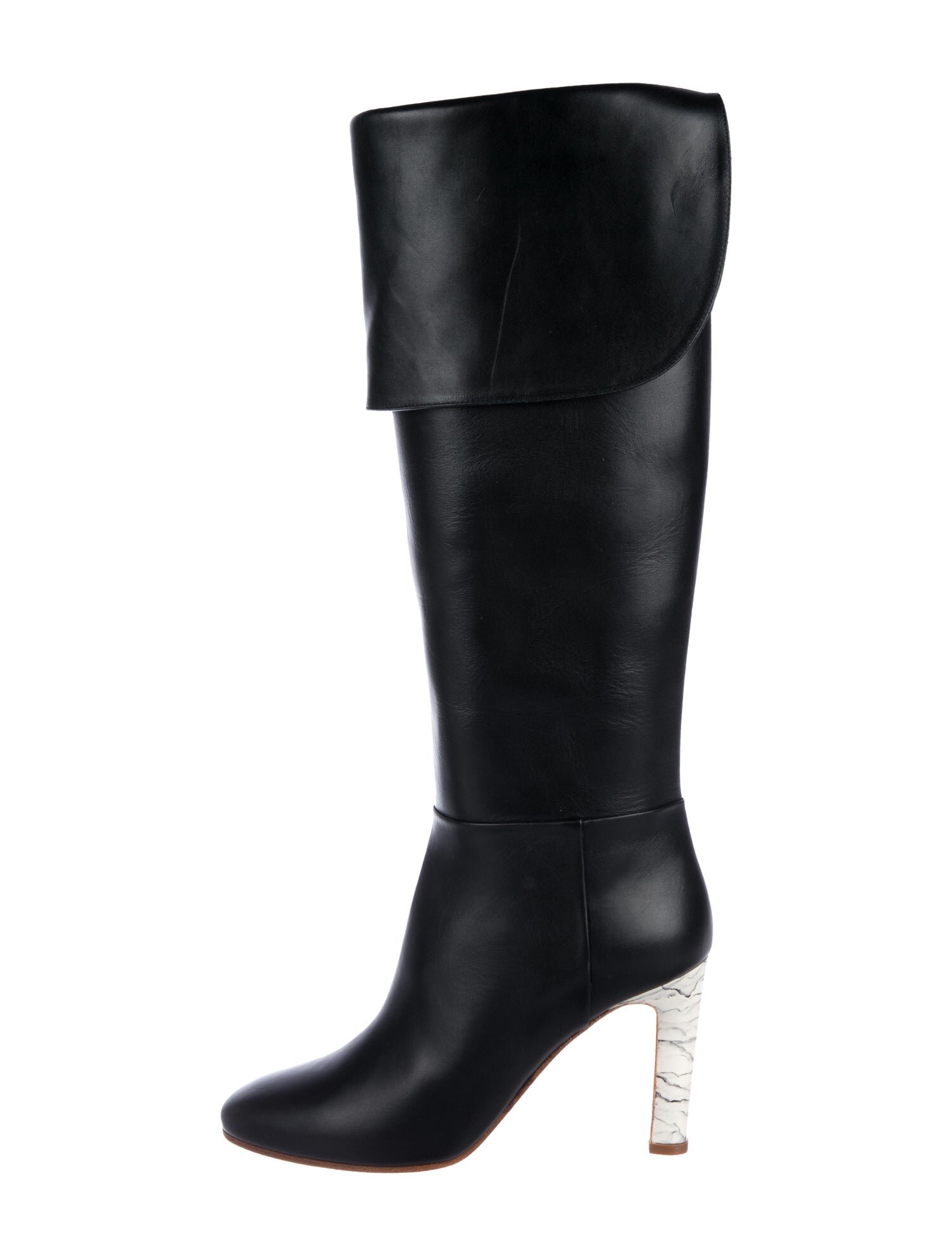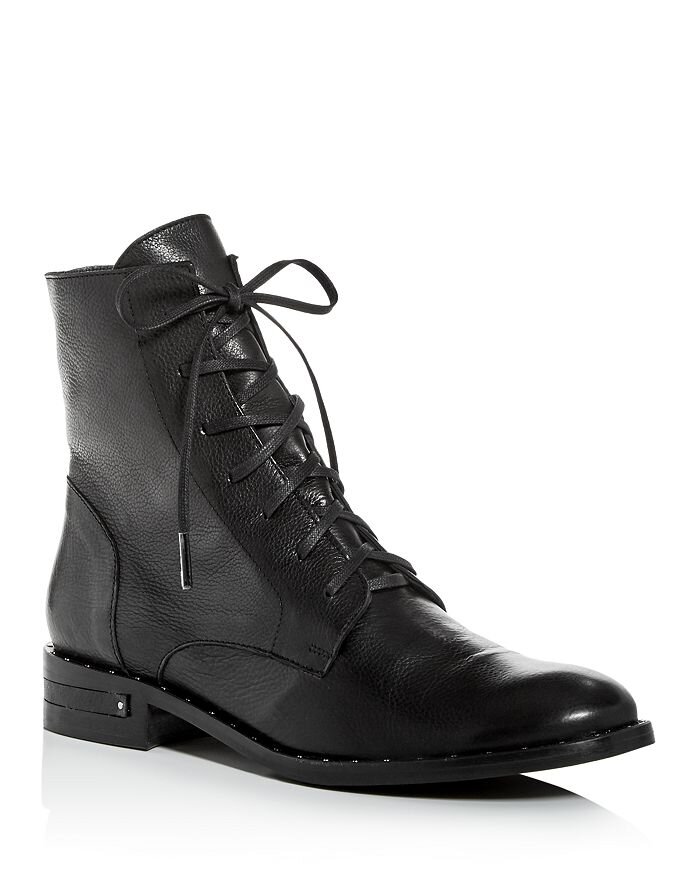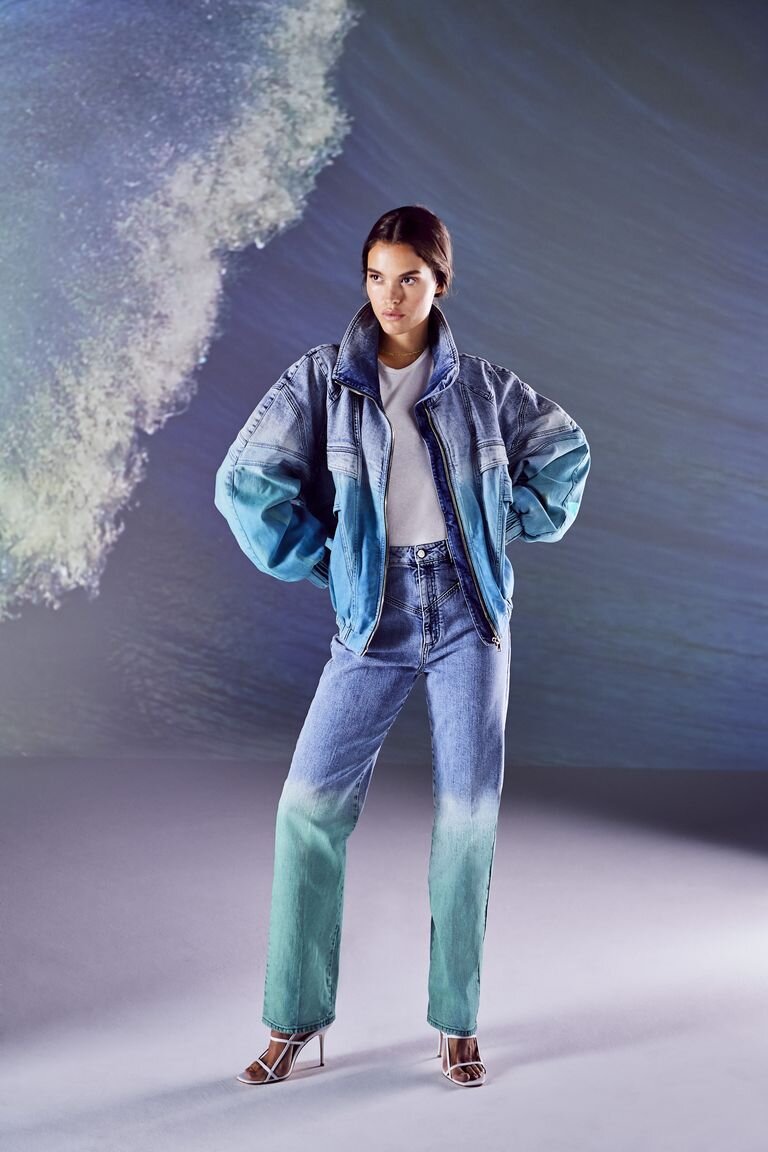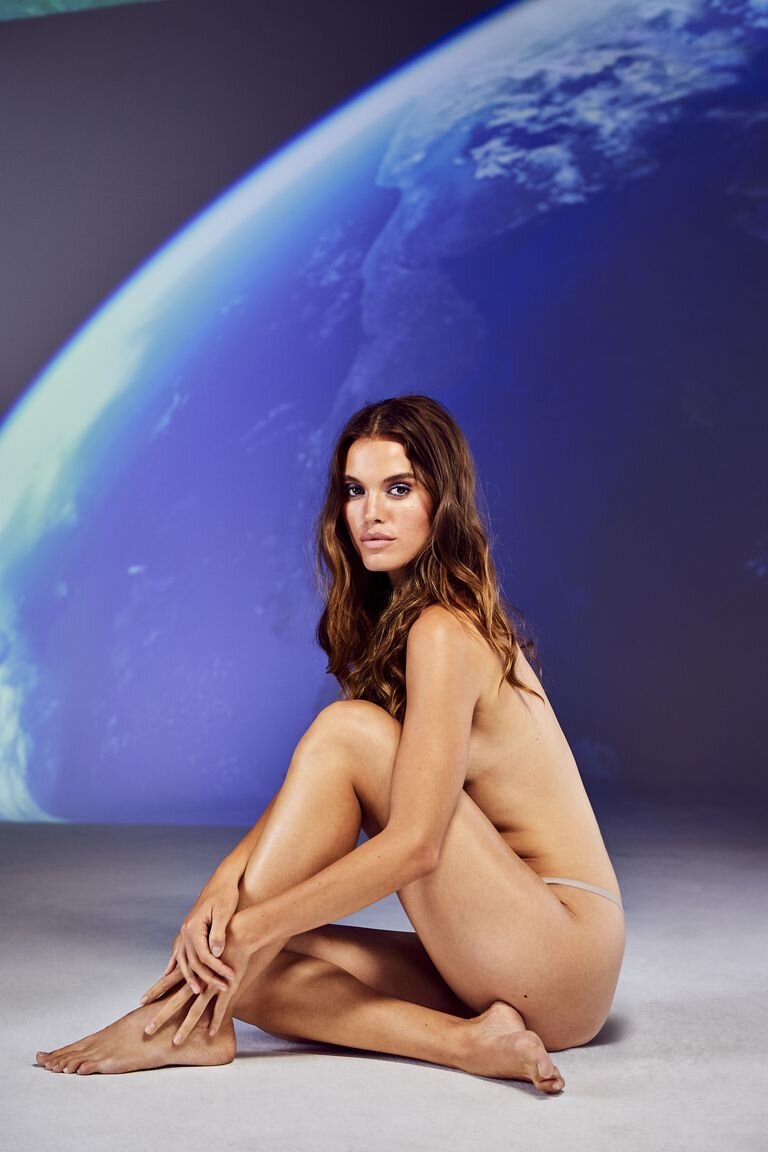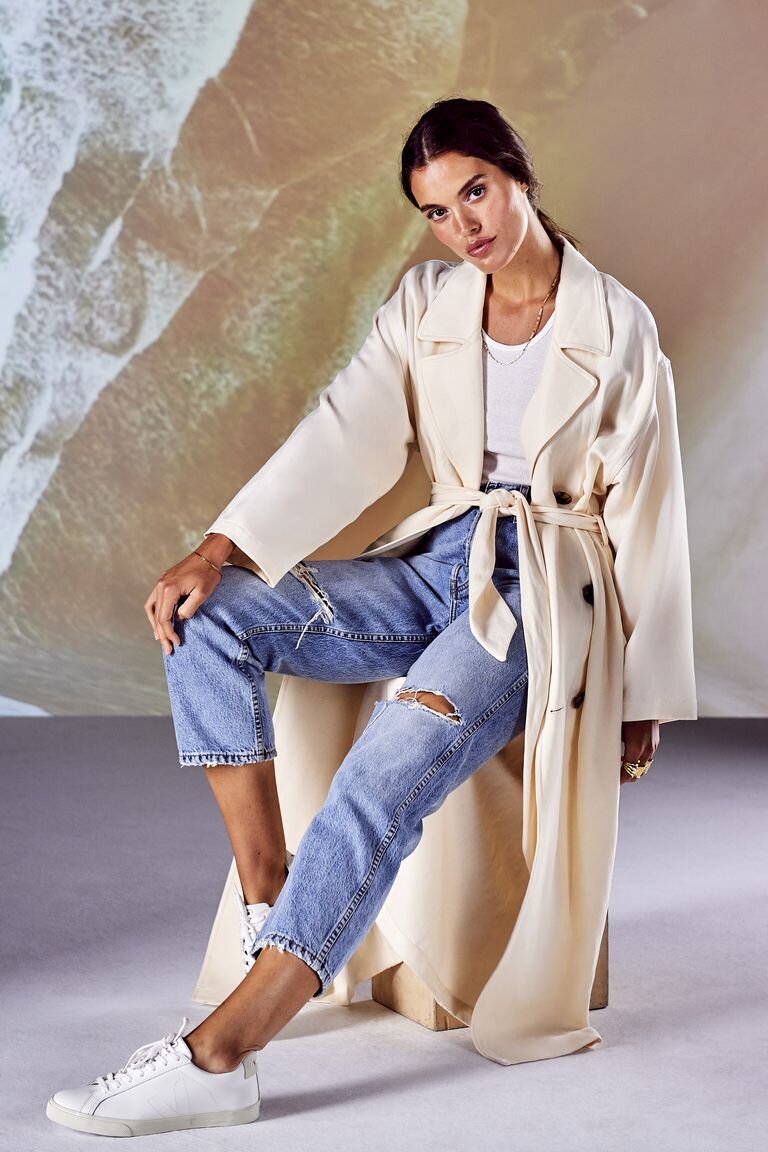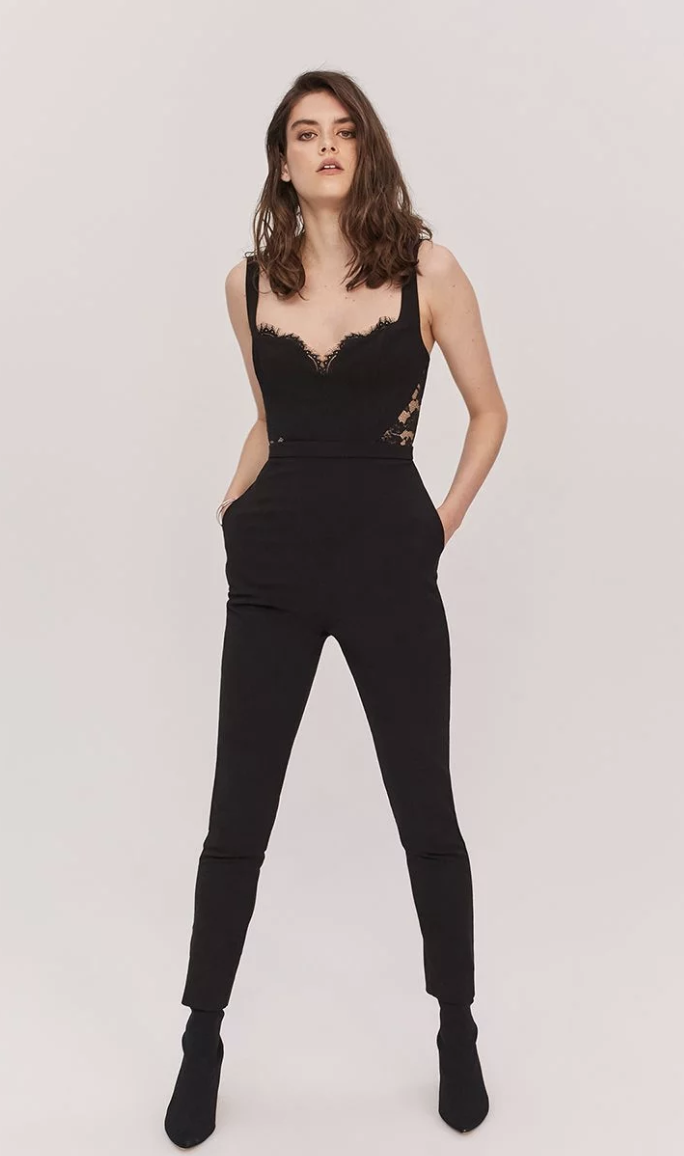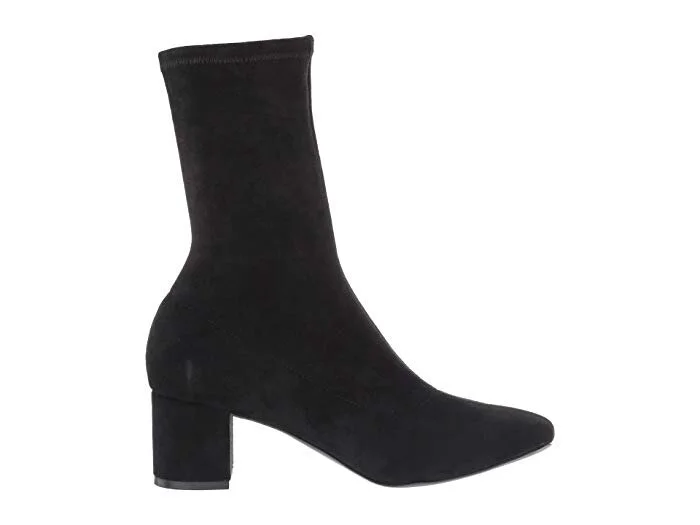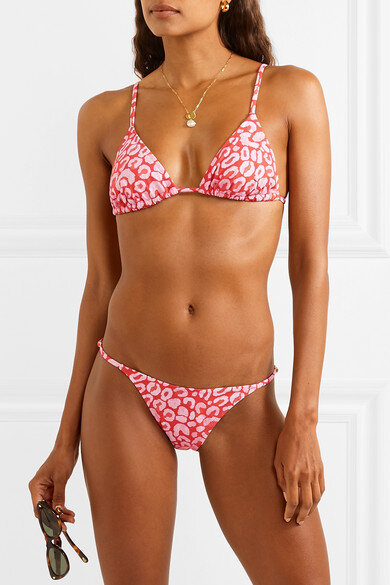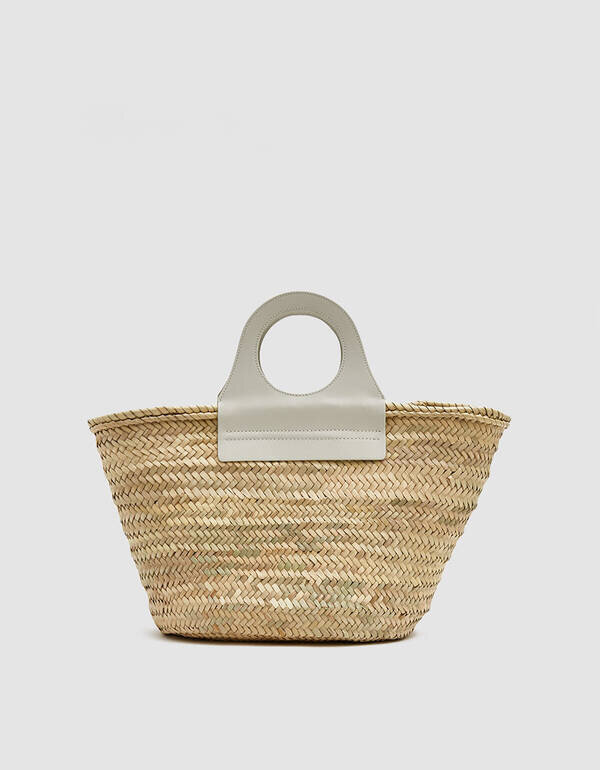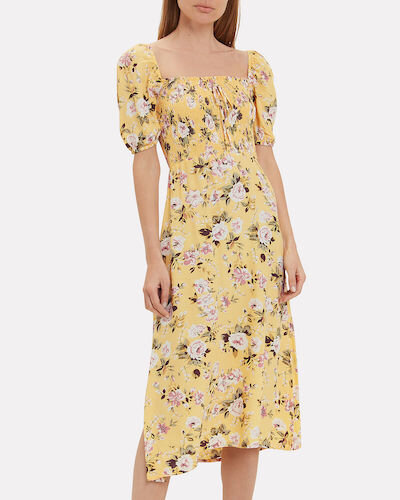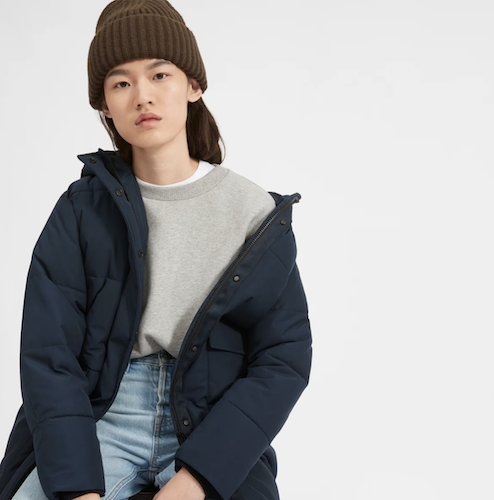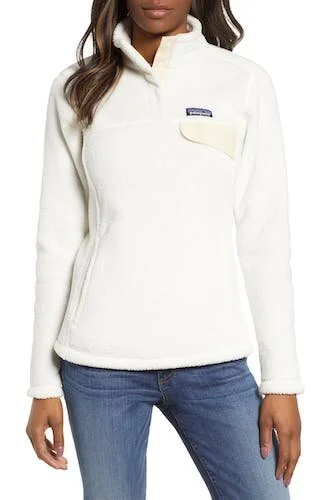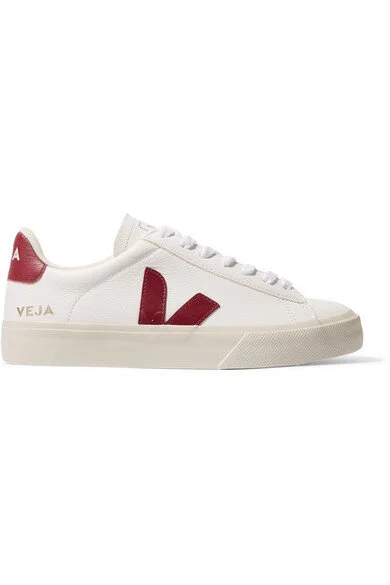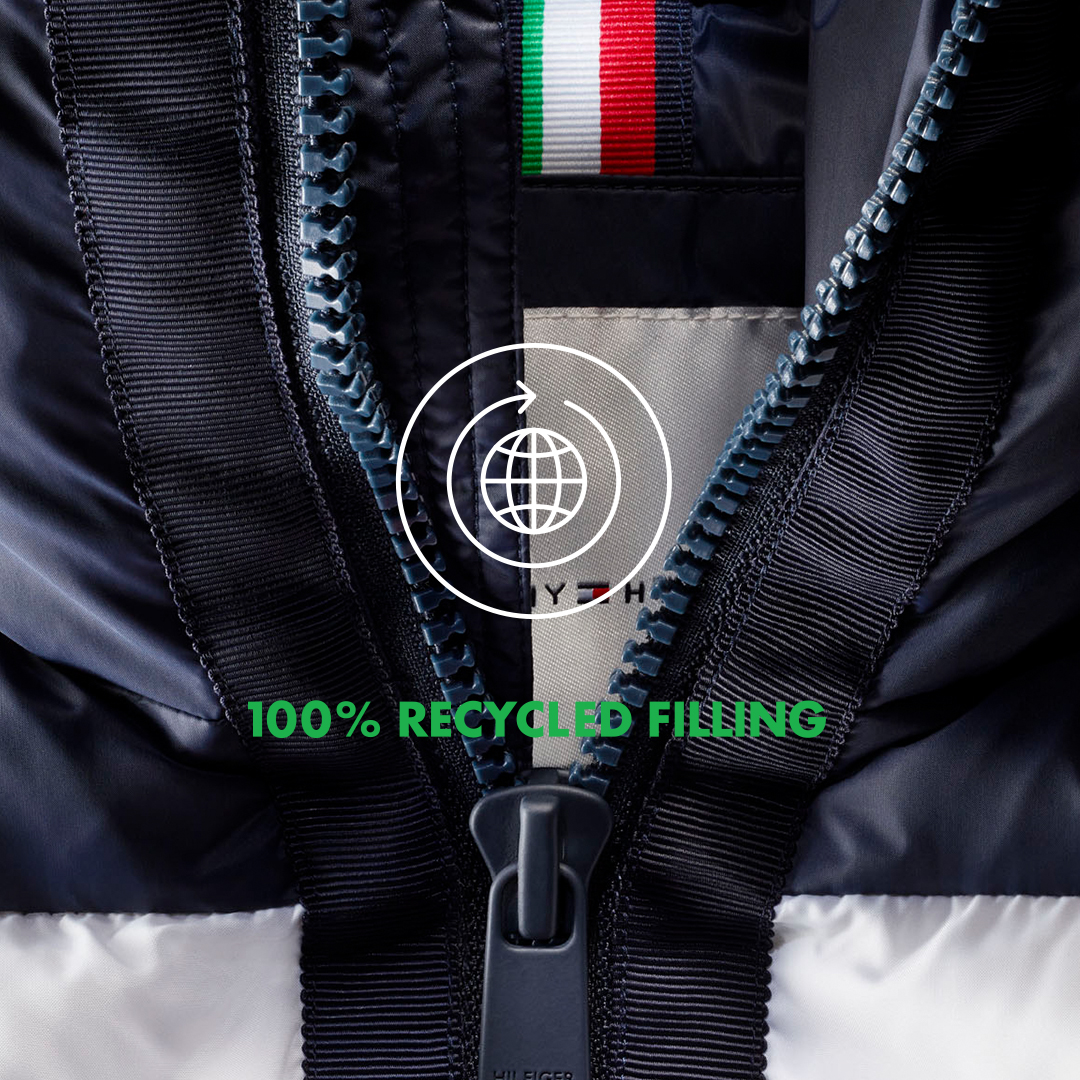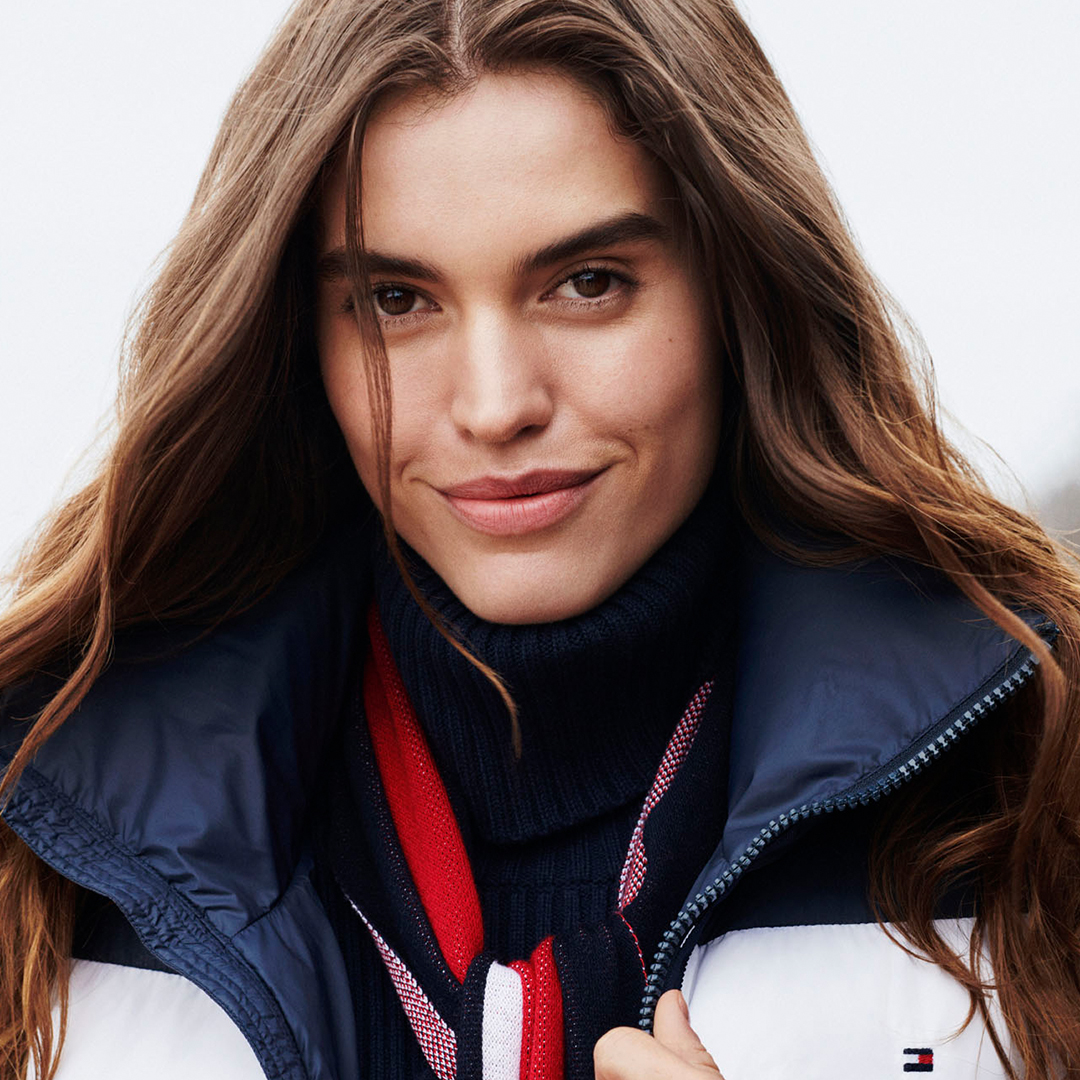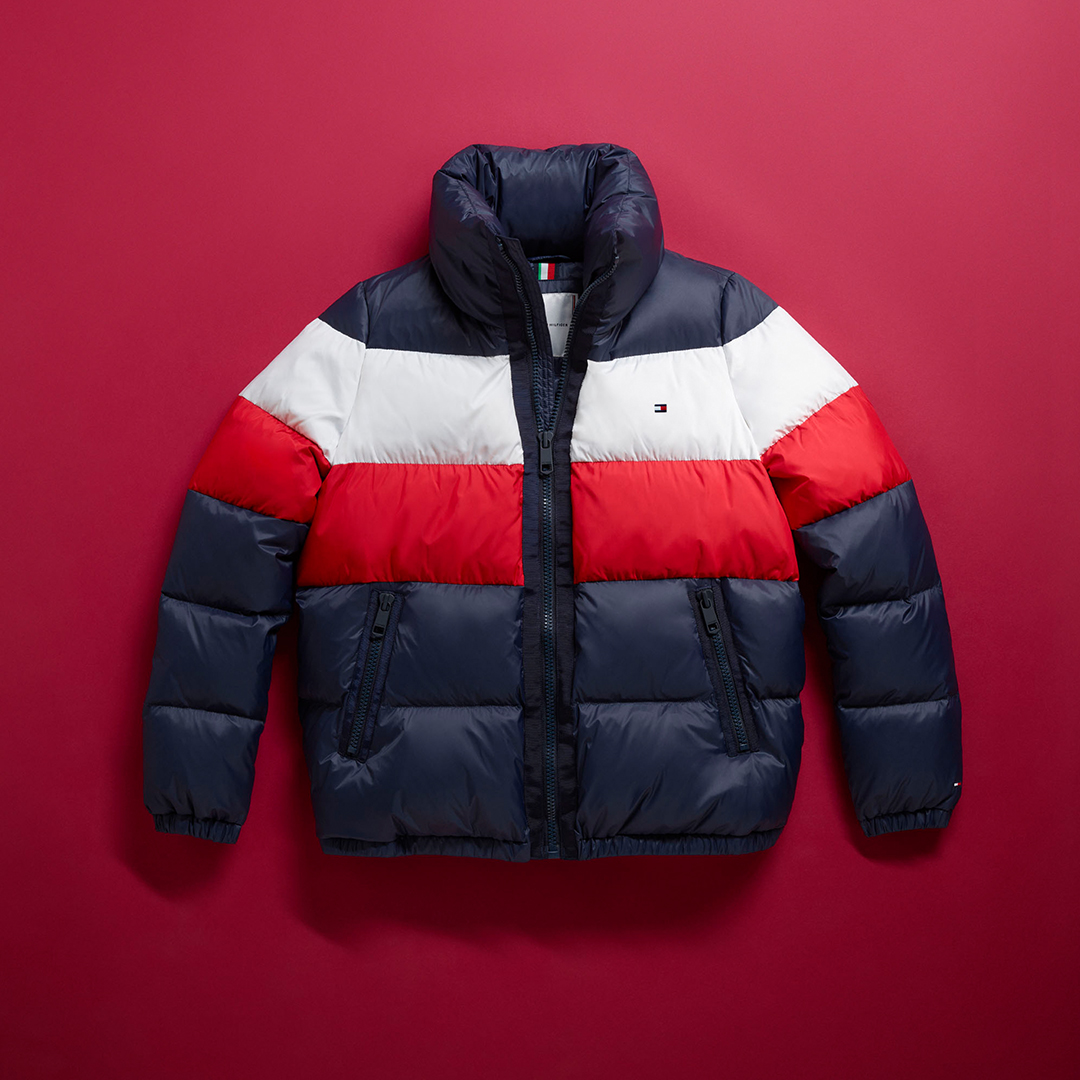There's something about March. March 12 more specifically, which happens to be my birthday. Nine years ago, I was planning to kick off my birthday "weekend" celebrations on Friday March 11. Little did I know that afternoon a massive earthquake and tsunami would strike Japan (where I was living at the time). Needless to say, my birthday celebrations were put on hold and we struggled with our new reality. This year I had planned to visit the SXSW festival for my birthday. Then the coronavirus hit and the world shut down. My friends held a subdued birthday dinner for me on March 11. Then on March 12, we all began to practice social distancing and self-isolation if necessary. All this to say, I am getting pretty good at handling natural disasters on my birthday.
I started writing a blog after the earthquake which helped me to process my emotions during those turbulent days after the nuclear meltdown which followed the earthquake and tsunami. Here is a portion from one post I entitled "aftershock adrenaline".
We've had 25 aftershocks in the last 16 hours. It is hard to concentrate on anything else. This morning before school my sons were looking on the earthquake website betting each other what size it was. “I think it was about 5.0!” “No way, it was about 6!” It’s great they have something new to argue about. But dropping them off at school is difficult. I want to keep everyone together at home. But I can’t do that forever. I have to pretend that everything is fine. My daughter takes a bus to a school one hour away. It took her 8 hours to get back the night of the 9.0 earthquake. When I say goodbye in the morning, I think about it. Again, and again. Last night we all slept together on the upper floor. I felt safer being up there. I brought up a case of water, our shoes and a backpack with supplies. Flashlight, passports, money etc. The boys packed a big jar of peanut butter. Which I actually thought was a good idea.
The Coronavirus pandemic is a very different situation. It's global and longer term. But trying to manage the stress and deal with the anxiety is very similar. I am going to include another post I wrote for my blog...as I think it will resonate.
Everyone handles stress in a different way. Some are fighters, some are flighters. According to website thebodysoul.com, when fight or flight hits, your nerve cells fire and chemicals are released into your bloodstream. You breathe more rapidly. Your blood is redirected from your digestive tract into your muscles and limbs. Your pupils dilate. Your awareness intensifies. Your sight sharpens. Your impulses quicken. Your perception of pain diminishes. Your immune system mobilizes. You become prepared—physically and psychologically—for fight or flight. The fight or flight response to acute stress can save your life. It prepares you to flee or fight in order to defend yourself from danger. This is the potentially life-saving response to acute stress.
But what about what we are experiencing now? Long-term acute stress? Or chronic stress. How will living under the new normal of long-term aftershocks, threat of radiation and feelings of survivor guilt, affect us physically and psychologically? Chronic stress is a negative physiological and emotional response when it is intense and unresolved. This kind of stress leads to wear and tear on the body and mind. It can compromise your immune system. You get more colds and feel run down. Many of my friends are feeling tired and listless. The evidence is overwhelming that a cumulative buildup of stress hormones, if not properly metabolized over time, can lead to disorders of our autonomic nervous system (causing headache, irritable bowel syndrome, high blood pressure and the like) and disorders of our hormonal and immune systems (creating susceptibility to infection, chronic fatigue, depression, and autoimmune diseases like rheumatoid arthritis, lupus and allergies. Positive fighter behavior may include confronting the issues, doing charity work, or starting a blog? Negative fighting behaviors could be aggressiveness or argumentativeness. Similarly, flight behaviors can be positive or negative. Hopping on a flight out of Japan is a flight response, literally. Withdrawing from social interaction, even by watching television or surfing the internet, could be viewed as a flight behavior.
We are all dealing with stress, anxiety and the uncertainty of the unknown. We need to learn a new normal. Social distancing doesn't mean isolation. We can chat with friends through text, set up Netflix viewing parties, hold skype book clubs. It is important to maintain our social connections, over virtual margaritas or latte's. We can work out more, channeling that adrenaline into a walk in the forest or on the beach. We can do yoga at home (yoga with Adriene on YouTube is an awesome free source). We can do charity work, there are SO many opportunities to help out right now, groups are forming locally and globally to help those most affected by coronavirus. Hourly workers will be especially hit as businesses shut down. Be generous if you are able. Buy gift certificates to give cash flow to local businesses that can be used at a later date. A friend of mine is a fashion designer and was feeling helpless. She decided to take some old fabric she had leftover and sewed up face masks to donate to the hospital where supplies are running short. She says, "surprisingly, the sense of purpose and contribution has made me feel loads better and less tired."
We can update Facebook with helpful information and share tips. We can try not to obsess about the news and try to keep our kid’s routines as normal as possible. We can take the time to clear out the clutter of our lives and our minds. You’ve been meaning to clean your closets and organize your photos, right? I found a wonderful meditation app that I love called Synctuition. It is a digital sound technology which relaxes the brain and stimulates intuition. Through a unique combination of 3D soundscapes, gamma waves, binaural beats and personalized sound journeys, users are guided into deep relaxation and meditative states. Check it out in the app store.
But we also make lots of mistakes. We yell at our kids and lose patience too quickly. We wonder how much screen time is appropriate. We are too indulgent in an attempt to make them less worried about the issues at hand. We argue with our spouses when they seem to be oblivious to the stress we are facing.
Eating well, not too much, getting enough sleep, spending time with nature, getting enough exercise and being involved in community work is recommended. In short, pretty much what you should be doing anyways.
Resiliency is the inborn way you cope in the midst of hardship. If you are born resilient you are fortunate. For others it will take some time to rebound from the trauma we’ve endured and to adapt to the new normal.
